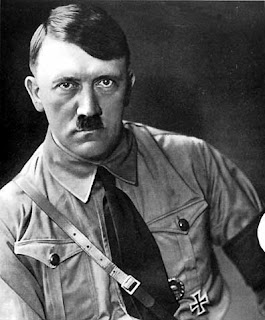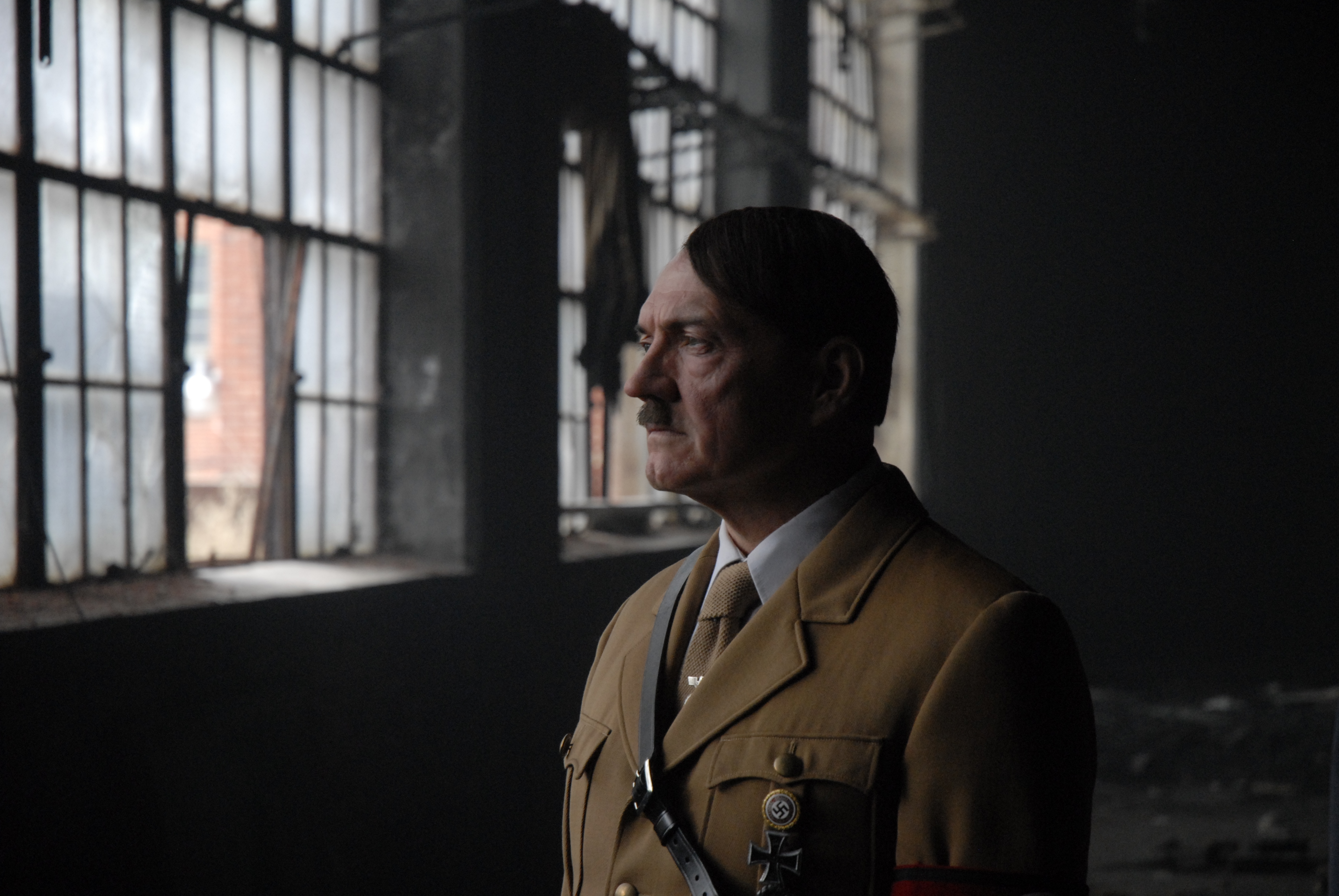

"One of the saddest problems was that acres, I think you might say, of furniture just went on and on and on, piled up to the ceiling…and chairs, tables, household things, everything you could think of known to have come from Jewish sources," Faison said. Lane Faison returned to Germany in 1951 to supervise the handover of US operations to the Germans and was struck by the enormity of the task. American and German art historians and secretaries worked together to restitute tens of thousands of pieces." "The works of art had to be inventoried, photographed and restituted one by one.

"And that's where the huge task started," said Iris Lauterbach of the Central Institute for Art History in Munich. Thus, the crates were relocated to US-directed Central Art Collecting Points, which were tasked with restitution, or tracking down the treasures' original owners. US soldiers brought the treasures to safety in 'Central Art Collecting Points' The property is at Wasserschloss Moritzburg estate, the old seat of the royal family of. He didn't expect to find cognac and food once in Hitler's possession from World War II. As the Local reports, when Silvio Stelzer purchased the historical property, he knew it was rich in history. "But as most of the contents in Neuschwanstein were stored uncrated and were valuable gold and silver works, they decided to relocate them for security reasons." Images of Hitler's cognac can be seen on Bild's site here. "They would have preferred to leave the artworks in the castle to organize the restitution to France from there," art historian Tanja Bernsau said. "Monuments Men: On the Front Line to Save Europe's Art, 1942–1946," features black-and-white photographs of soldiers handling crates at a snow-covered Neuschwanstein. Among them was the Gent altarpiece from the Van Eyck brothers, the private jewelry and furniture collection of the Rothschild family, and the gold and silver works of David-Weill.Ī current exhibition at the Smithsonian Institute's Archives of American Art highlights some of these World War II art rescue missions. When US troops descended upon Neuschwanstein in 1945, a vast collection of index cards, lists and slides were discovered, detailing about 21,000 stolen items.

Rose Valland's reports led the Allies to the Bavarian castle. The van Eyck 'The Adoration of the Mystic Lamb' from 1432 was among the stolen pieces at Neuschwanstein


 0 kommentar(er)
0 kommentar(er)
